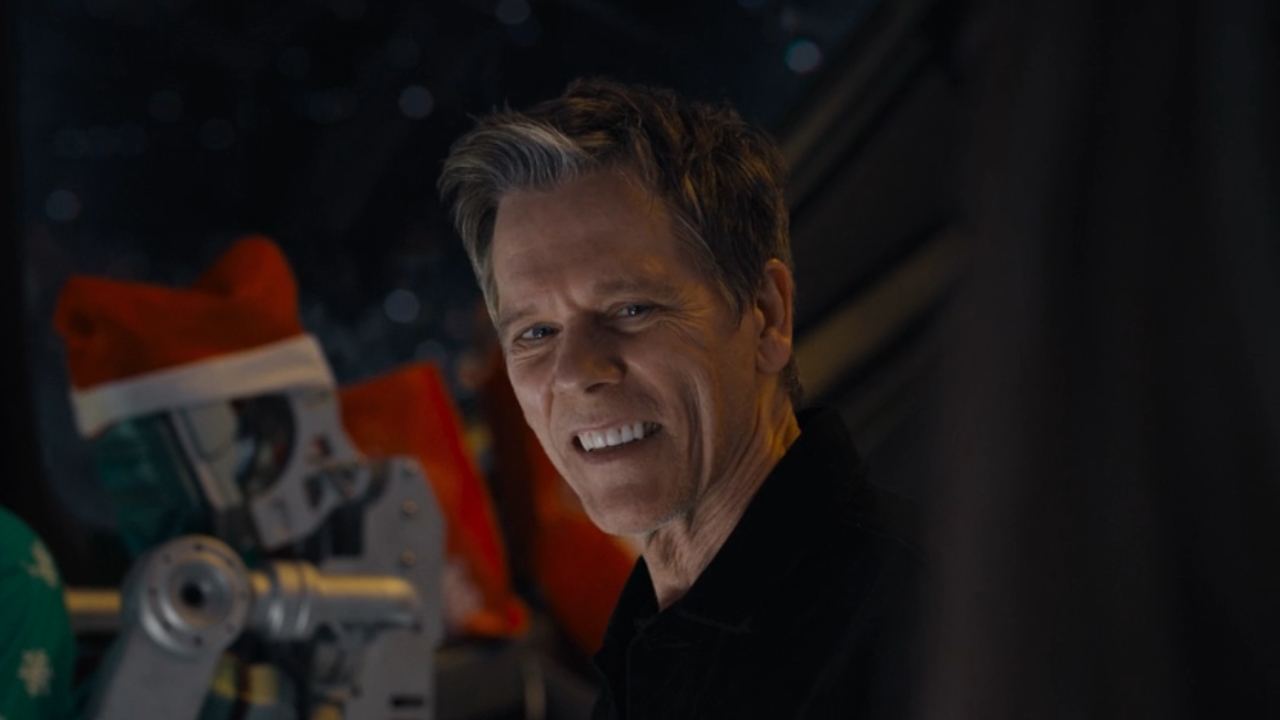How The Terminator’s Time Travel Works
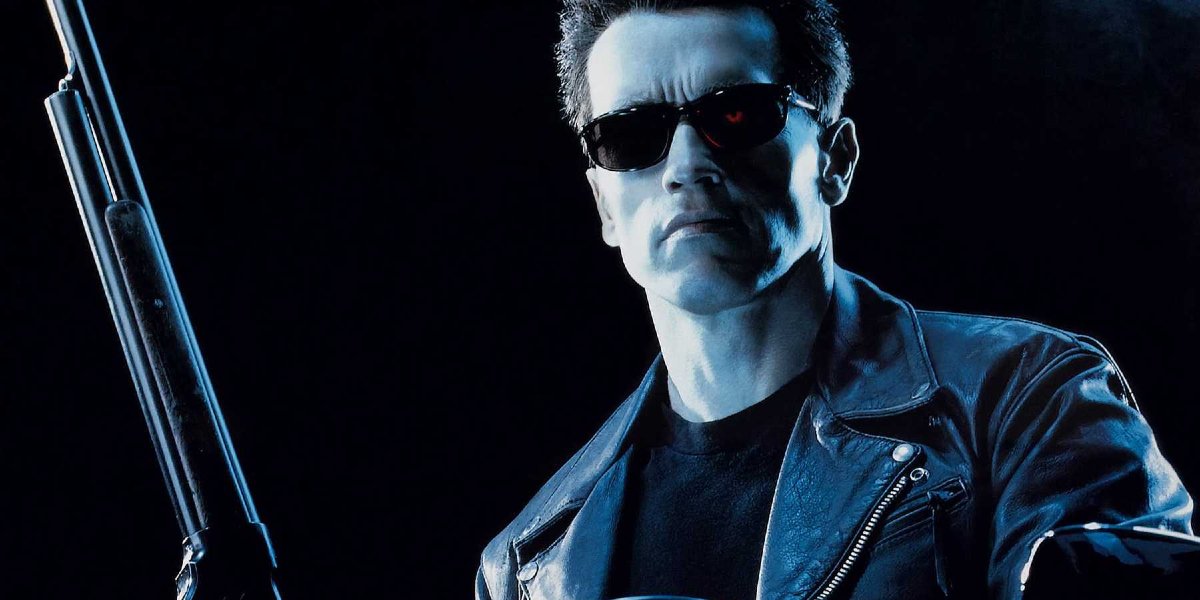
Hello again, dear readers of the past, present, and future! It’s that time again, the time that it’s always been, to break down another exploration into time travel. And this week’s is a pretty landmark film in the canon of changing history for the better, though it also serves another purpose. Not only are we about to discuss James Cameron’s The Terminator, and the two sequels that pertain to his original storyline, I’m not allowed to wreck another time machine this week.
Yep, after trashing not only a DeLorean when we discussed Back to the Future, as well as a Klingon Bird of Prey after last week’s rundown on Star Trek IV: The Voyage Home, our insurance required that I take a trip that doesn’t need a mobile time vehicle. No problem for us this week, as The Terminator is based around a stationary temporal portal; but that’s something we’ll discuss in the near future.
For now, let’s start with how time travel works in The Terminator series; and for the purposes of simplification, we’ll mostly be discussing the Cameron Timeline of events in The Terminator, Terminator 2: Judgment Day, and Terminator: Dark Fate. So for you Terminator: Genisys fans out there, we’ll be mentioning moments here and there, but not going on a full deep dive.

The Time Travel in The Terminator
The Terminator saga is built with the phenomenon of time travel woven into the very fabric of the series. While we don’t see the actual traveling happen too often, the trips made factor into the narrative heavily.
Who's Time Traveling
We see multiple T-800s (Arnold Schwarzenegger), as well as Kyle Reese (Michael Biehn), and the T-1000 (Robert Patrick) travel back in time during the first two films. The extension of the James Cameron canon in Terminator: Dark Fate introduces two more time travelers we know of, Grace Harper (Mackenzie Davis) and the Rev-9 (Gabriel Luna,) as well as a whole bunch of Terminators hunted down by Sarah Connor (Linda Hamilton).
From When To When
CINEMABLEND NEWSLETTER
Your Daily Blend of Entertainment News
The Terminator’s basic Cameron Timeline follows multiple trips from 2029, in the battle against Skynet. The Terminator’s events take place in 1984, while Terminator 2: Judgment Day supposedly happens in 1995. The fight against Legion in Terminator: Dark Fate sees various participants coming back from 2042, leading to the assassination of John Connor in 1998 and the battle between Grace and the Rev-9 landing in 2020.
The Purpose Of Their Trip
Skynet wants John Connor dead. Humanity wants John Connor alive, but also wants to stop Skynet from being created. Once John Connor is dead in Terminator: Dark Fate, Dani Ramos (Natalia Reyes) becomes Humanity’s best hope, with Legion wanting to protect itself with her death.
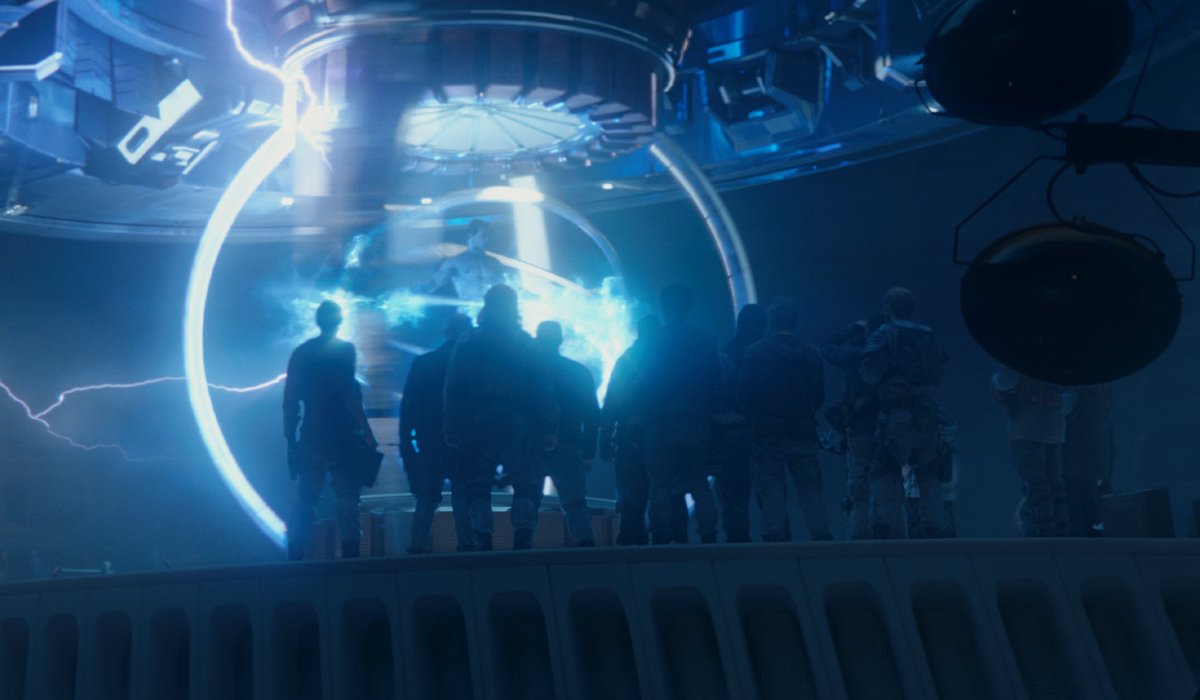
How Time Travel Happens In The Terminator
There’s no portable time machines in sight throughout the main events of The Terminator franchise. Just people vibing, living in the moment that they’re not supposed to be in, helping course correct the flow of historical events. And it’s all thanks to what’s known as Time Displacement Equipment; which has been hinted at throughout the series’ canon, both in James Cameron’s original films, and in the various tangents the world would undertake.
Through a gigantic amount of energy you definitely won’t find at a corner drugstore, and the usage of an entire complex built to house and power The Terminator series’ time machine, a person or machine can be sent back to any place or time. However, there’s two big stipulations that come with this gift: it’s a one-way trip, unless you have another machine of your own, and in the words of the late great Kyle Reese himself, “nothing dead will go.”
This basically means that anything synthetic will disintegrate in the middle of a trip using Time Displacement Equipment. If you’re a human, you’re going through naked, as those clothes will burn off anyway. However, if you’re a cyborg, or any of the other metallic based nasties Skynet/Legion have cooked up, you need either an organic tissue covering, or a Polymimetic alloy that can somehow stand up to the rigors of the process. So if you’re self-conscious, don’t skip the gym before traveling back.
One last thing to note is that we never really see the time machine presented in the Cameron Timeline of The Terminator films. So we have to borrow from 2015’s Terminator Genisys for the explanation of what Time Displacement Equipment looks like, as well as how it operates. When Skynet/Legion operates the machine, no console is needed as the big bad beep boop itself is at the digital wheel.
But when John Connor and his revolutionaries hijack the machine, they need to wire their own consoles into the system. When humans use Time Displacement Equipment, they need to calculate the coordinates for where and when their travelers will be going to. We’ve never seen it go wrong in the movies, but in various adventures in other Terminator media depictions, people and machines have wound up in the wrong place and time.
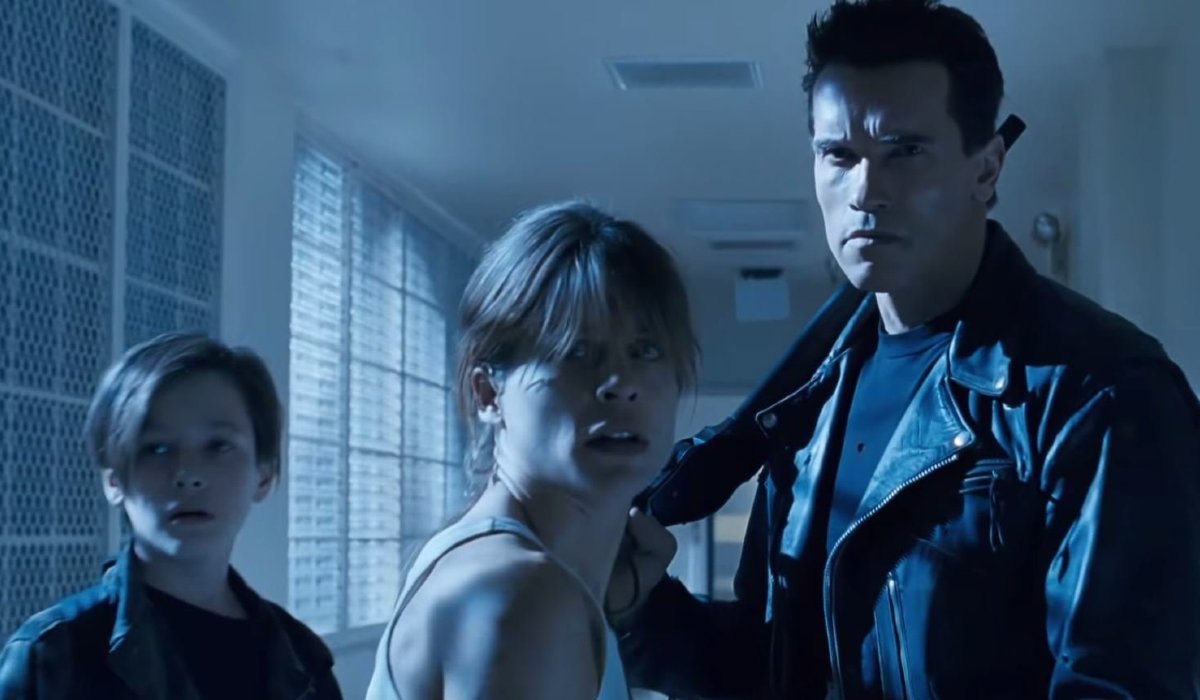
Can History Be Changed As A Result Of Time Travel In The Terminator?
Much like Star Trek IV: The Voyage Home, we only see the adventures of The Terminator movies in one continuous timeline. In the Cameron Timeline, each trip is meant to rewrite history, with both humanity and the machines trying to save themselves. It’s all one big chess game, and we’re watching it unfold in real time, without any sort of convenient signals as to what’s being altered.
If we were talking about Terminator: Genisys, we’d be able to mention how Sarah Connor (Emilia Clarke) rewrites Kyle Reese’s fate (Jai Courtney) by giving him a message in that film’s new timeline, just as its being created at the beginning of the film. Which 100% shows that events could be changed in that interpretation of the series. But that doesn’t apply to the Cameron Timeline; which in and of itself shows that you can mostly change history, though it might repeat itself anyway. At least, that's what happened when James Cameron's alternate ending of a peaceful future was deleted from the theatrical version of Terminator 2: Judgment Day.
While we see Skynet eventually thwarted at the end of Terminator 2: Judgment Day, Legion ultimately pops up in its place and the events of Terminator: Dark Fate take shape. With that storyline, John Connor is killed in 1998, with Dani Ramos becoming the new champion for humanity. So history changed, but the same sort of scenario cropped up through a new set of circumstances; indicating that a war between humanity and AI is either always going to happen, or the hinge point in history that prevents this conflict hasn’t been properly identified/manipulated.
Last, but not least, there’s that Ontological/Bootstrap Paradox we promised from last week, and this one is the mother of all of them… literally. Kyle Reese is sent back from the future to protect Sarah Connor, because she’s the mother of his friend and savior, John. However, since he always had a crush on her, and she reciprocates, they sleep together, which reveals that Kyle is, and always will be, John’s father. What’s more, John Connor knows this, and has to ensure that this happens in the future; which could be a hint at just why John’s death in Terminator: Dark Fate would have meant in the overall scheme of the planned trilogy. No Skynet means no Kyle Reese coming back in time; which means no John Connor.

What Are The Consequences Of Time Travel In The Terminator?
The world of The Terminator actually shows that while there’s no fate but what we make for ourselves, sometimes your franchise just finds a way of repeating history anyway. As such, we see a hero and villain fall once he change is made, only for each half of the equation to find new champions to fight for their cause.
Skynet/John Connor’s Arc
In his time in the Terminator saga, John Connor was the savior of humanity. He was born from a time paradox that looped future and past together, but ultimately the prevention of Skynet in T2 may have sealed his fate. With several T-800s sent out into the world at the beginning of Terminator: Dark Fate, John Connor eventually dies in 1998, meaning he never lives to see 2029 in any shape or form. Which leads to Sarah Connor grieving like mad for another 22 years, killing rogue cyborgs with the help of Carl the T-800, “For John.”
Legion/Dani Ramos’ Arc
Skynet being vanquished and John Connor’s death fundamentally alters the course of the Terminator series in Dark Fate. With Legion conquering humanity in a new and horrifying way, Grace Harper is our new time traveling messenger, and Dani Ramos is the new savior of humanity. If Skynet hadn’t been destroyed, and John never killed, Dani may have had a normal life. But that didn’t happen, and as it stands right now, Terminator: Dark Fate is the beginning of her adventure, and a new chapter in human-cyborg relations. Just don’t expect to see the results on a movie screen any time soon, if ever.
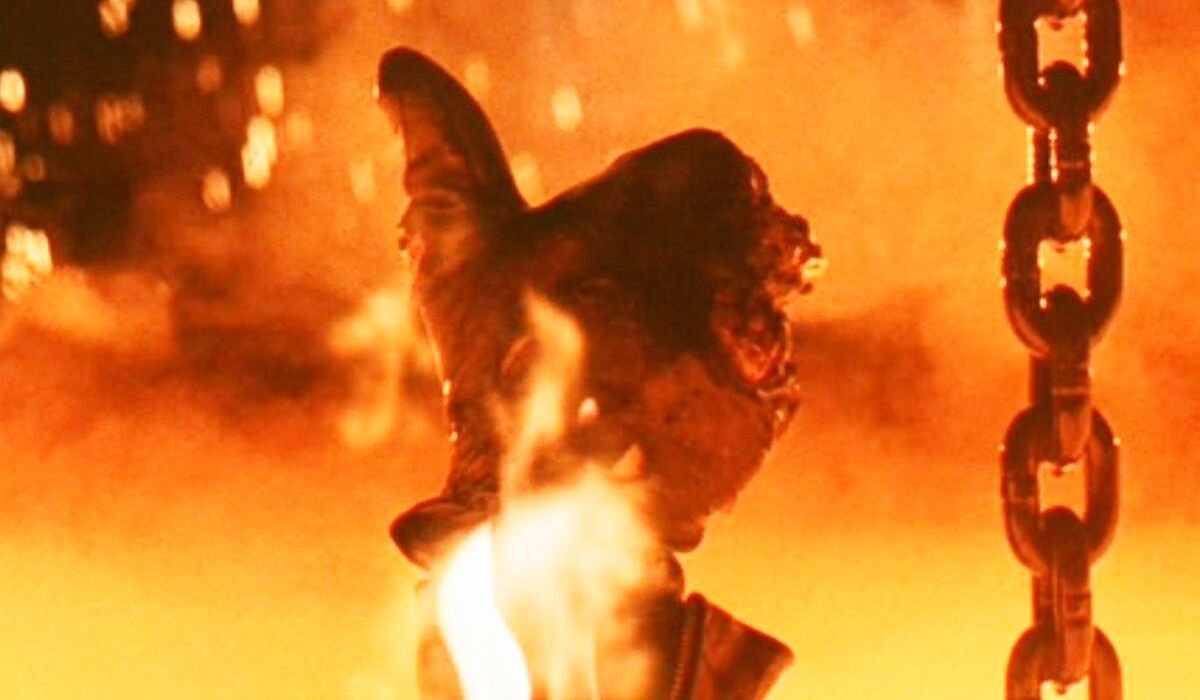
The Future’s Not Set… Or Is It?
We hope that your brain doesn’t hurt too much after that journey through the twisted timeline of The Terminator series. It’s a lot to take in, but it’s not too terrible once you boil things down to the basis. The good news is that next week’s journey is going mobile yet again, and what’s better it’s a nice and simple step backwards in time. Wands up folks, we’re breaking into Harry Potter and the Prisoner of Azkaban next time! Though it certainly wouldn’t hurt for you, the readers, to leave some comments with your picks on what time travel stories we should reserve for upcoming endeavors. All of time and space sits at our fingertips, and we’d love to pluck some of your favorites from the past for a future romp. And trust us… we’ll be back.

Mike Reyes is the Senior Movie Contributor at CinemaBlend, though that title’s more of a guideline really. Passionate about entertainment since grade school, the movies have always held a special place in his life, which explains his current occupation. Mike graduated from Drew University with a Bachelor’s Degree in Political Science, but swore off of running for public office a long time ago. Mike's expertise ranges from James Bond to everything Alita, making for a brilliantly eclectic resume. He fights for the user.









